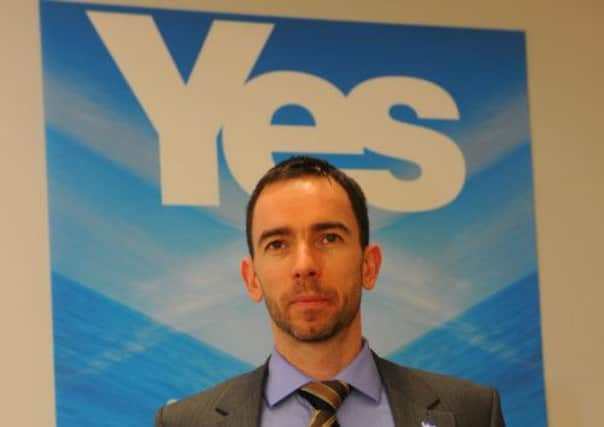Eddie Barnes: Nationalists are realising that a softly-softly approach can win more Yes votes than bullying


On the plus side, there were, they said, plenty of people from union backgrounds who were telling them they were sympathetic to independence. But on the negative side, they weren’t yet ready to sing it from the rooftops. The Yes Scotland people use the language of the gay rights movement; these potential supporters were telling them that they weren’t quite ready yet to come out.
There is something of a social barrier in the path to victory in next year’s referendum, the team observes. People who are leaning towards a Yes are reluctant to say so publicly. With little sign of the polls shifting or momentum building, there is group safety in simply declaring that, like most other people, you think things should stay as they are. The problem the campaign faces is that, as a result, those who decide to convert to supporting independence may only do so in the privacy of their own home. This means that the social revolution it needs to spark in the next 12 months will flop.
Advertisement
Hide AdAdvertisement
Hide AdThe campaign team is giving thought to how to shift this psychology over the coming year. It was illustrated last week in the way “Yes” figures condemned the actions of other pro-independence backers who had attacked comedian Susan Calman following her gentle prod at the independence debate on the BBC’s News Quiz. All this childish and bitter response did was to add a few more bricks to the divide between the two sides, making it all the harder for people to cross.
A “mood of acrimony”, noted Yes strategist Stephen Noon in a blog, will only ensure that anxious people looking askance at the fisticuffs will simply decide it looks too disputatious, and plump for “the supposed safety of the status quo”.
A campaign that needs 51 per cent of the vote (six points more than in the SNP’s 2011 “landslide”) cannot afford to go around telling everyone who doesn’t agree with them that they are wrong, he added. Instead, it must adopt a respectful tone, which sees opponents not as black-hearted Unionists, but potential swing voters.
This may give some potential Yes voters the confidence to shout it loud and proud. But then it isn’t just tone that needs to be got right, it is content too. And from the questions over the currency, to forthcoming battles over pensions and mortgages, the SNP is allowing the pro-UK side to set the agenda. Pro-UK figures now believe the question of the Yes side’s credibility is up for grabs this summer. Once eroded, that will be near impossible to get back.
So it may be that wavering voters can be more tempted to come out by a more welcoming, embracing approach by the pro-independence side. But with the SNP government’s White Paper on independence still more than six months away, and questions over detail still begging, people are hardly likely to emerge from the closet any time soon.